Editor’s Note: This is the first in a new series of posts called “Looking at Appalachia.” My goal is to feature exchanges with photographers from Appalachia, or who have done long form projects in Appalachia, or both. I dedicate this entire series to the life, work, and spirit of William Gedney.
This is the first William Gedney photograph I remember seeing. He made this picture of Junior Cornett in 1972 in Leatherwood, Kentucky on his second, and last, trip there. I remember seeing this picture and being reminded of my grandfather, Cecil May (also from eastern Kentucky). Perhaps it was his hair and the way he held his cigarette. From that moment, I’ve been ineffably connected to Gedney’s work. Visually, his photographs offer me what Wendell Berry’s words do.
I’m fascinated by Gedney’s eastern Kentucky photographs. Try as I may, I haven’t been able to figure out why he chose Appalachia to make photographs, but I’m so very glad he did. I’ve spent hours reading his notebooks, poring over his photographs and prints and nowhere can I find the reason that led him to Perry County, Kentucky. In the early 1960’s, Appalachia saw a flood of photographers, news crews, and filmmakers (think Charles Kuralt’s Christmas in Appalachia circa 1964) come into the hills and hollers as part of the War on Poverty campaign. By and large, they formed a disparaging visual narrative of the place I was born and raised. Yet somehow, William Gedney transcended that tendency and instead made photographs of grace, beauty, and simple existence all the while capturing the hardscrabble environs of his subjects. There must’ve been something about his spirit that caused him to see what others did not, would not, perhaps could not.
William Gedney died on June 23, 1989 at 56. In his lifetime, he was awarded a John Simon Guggenheim Memorial Foundation Fellowship for photography (1966-67), a Fulbright Fellowship for photography in India (1969-71), a National Endowment for the Arts grant in photography (1975-76), and several other grants and fellowships. He had a show at the New York Museum of Modern Art (1968-69) as well as more than a dozen other exhibitions. What surprised me about this is that Gedney never published a book. Four years after his death, in 1993, Duke University became the repository for 51.3 linear feet of Gedney’s work. Margaret Sartor, a photographer, writer, and teacher at the Center for Documentary Studies at Duke, was approached by the library and asked to put together an exhibit of Gedney’s work. In 2000, Sartor and Geoff Dyer coedited What Was True: The Photographs and Notebooks of William Gedney. The book quickly sold out and today you can find a used copy for around $150.
With permission from the David M. Rubenstein Rare Book & Manuscript Library at Duke University, I’ll be sharing some of my selections of Gedney’s work in the next few posts in this series. There are thousands more of his images available online here. Gedney made only two trips to Kentucky, one in 1964 and another in 1972, spending a total of 29 days there. He quickly became a part of the Cornett family and worked amongst them with a meticulous, quiet familiarity shown in the photographs below. Referring to the “extended study” of the Cornett’s, Sartor writes:
“As in the lives of so many photographers – Walker Evans, Robert Frank, and Helen Levitt among them – a specific time and place can sometimes generate an extraordinary (and usually brief) concentration of perception, and an energy that pushes work to its highest level. So Gedney’s photographs of Willie, Vivian, and their children, altogether the yield of one short month, are the most thoroughly original of his thirty-year career.”
All black and white images (7) – William Gedney Collection, Duke University David M. Rubenstein Rare Book & Manuscript Library.
In the next post, I’ll share some of my conversation with Margaret Sartor, coeditor of What Was True: The Photographs and Notebooks of William Gedney as well as more of Gedney’s work.
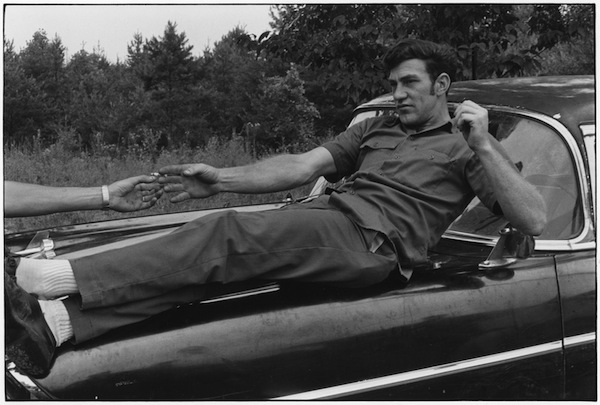
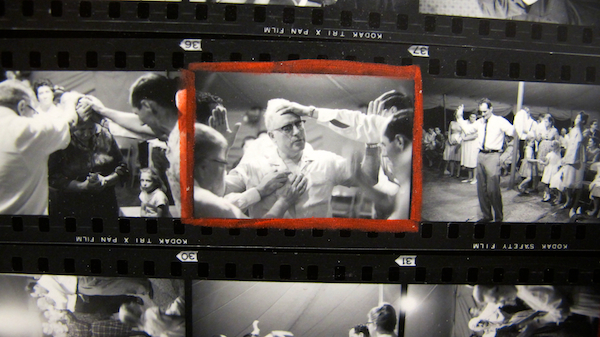

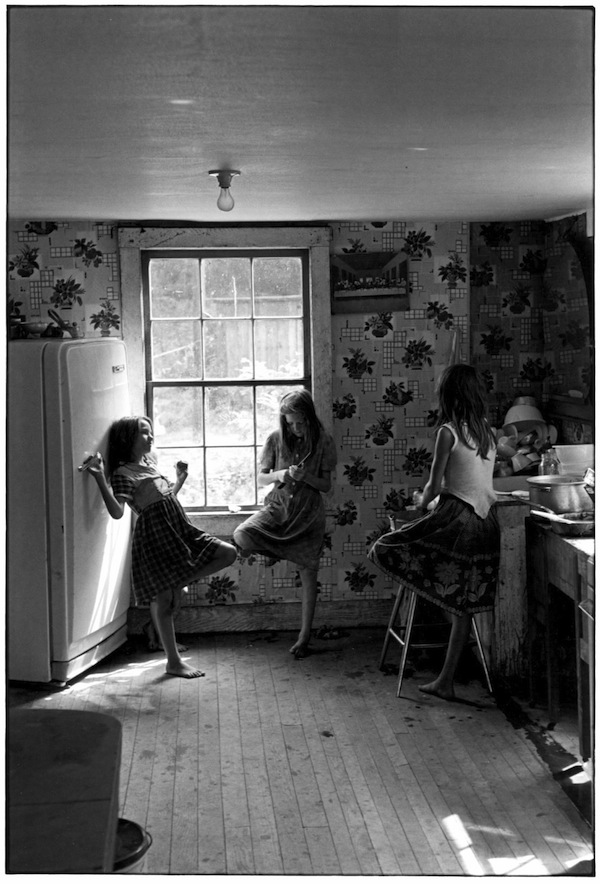
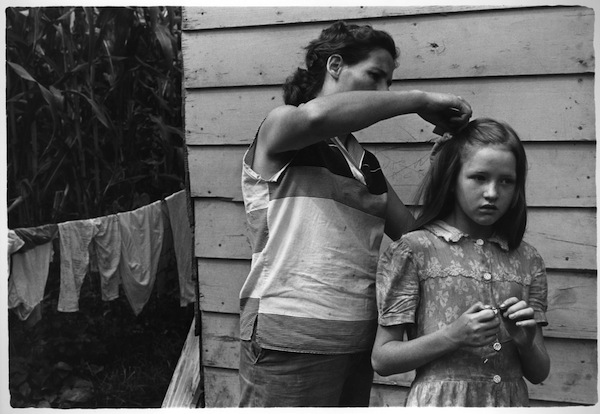
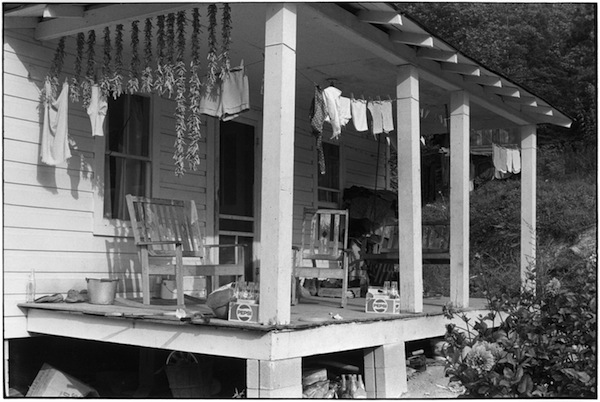
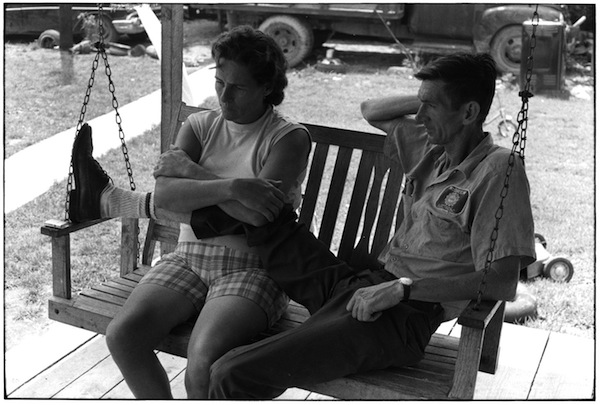
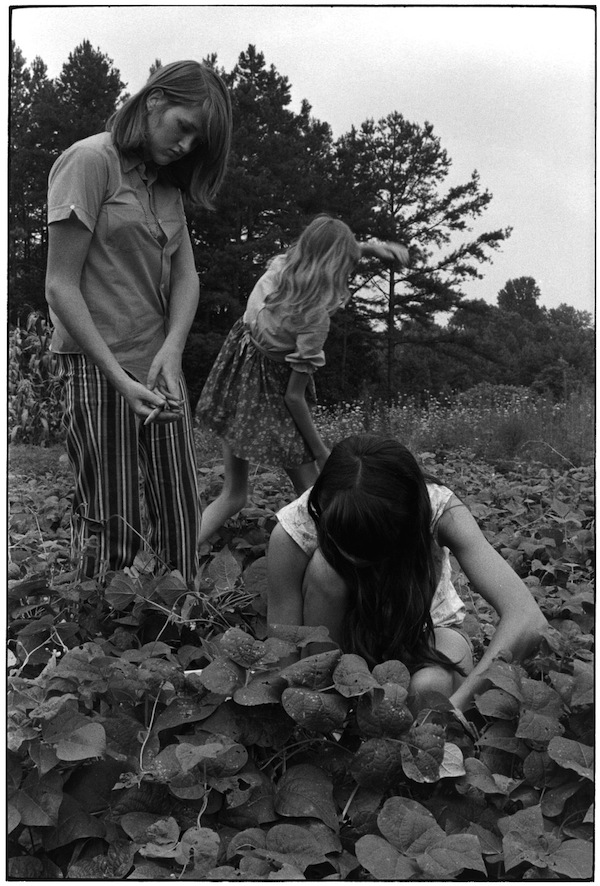
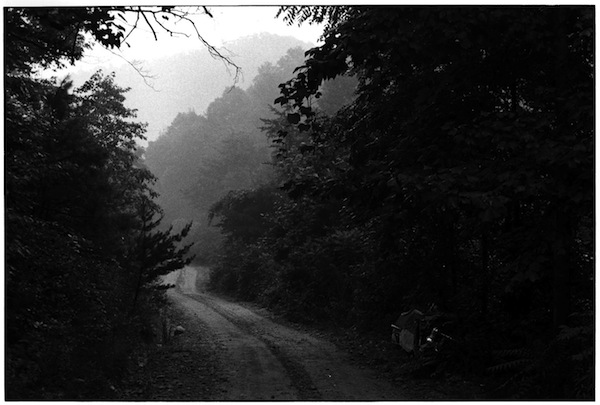
Roger, I am fascinated by Gedney’s photography. I remember the War on Poverty. In Good Housekeeping magazine, in the 60s, there was a big spread of pictures from Chattaroy, mainly highway 52. Wish I had kept it.
Roger, thank you so much for posting these. They are wonderful and fascinating, and I am ashamed to say, I was not familiar with Gedney’s work.
Roger, wonderful work I doubt I’d have come across otherwise. Thanks for writing this, and I look forward to the forthcoming articles.
Just want to Thank Duke University for photographs and the Hospitality we recieved from Margret Sartar and all the nice people from the university. Thanks to them now we can see the photographs from home. My address is still the same would like to hear from Margret and Family. Thank You Wayne Cornett
I enjoyed the article and images. I would like to point out there is no Hazard County, Kentucky. Rather, the city of Hazard is in Perry County.
I was born in West Van Lear, Kentucky in 1932. In 1958 I entered Southern Baptist Theological Semimnary in Louisville. Every week end during my first year in seminary I went to the Kentucky mountains to do mission work. I went to Blue Diamond, Hazard, and Owsley County. The pastor in Booneville assigned me to a preaching station on Wolf Creek road ending in the Kentucky River. Many of the homes I visited in every weekend had dirt floors, and looked much as I remembered Kentucky from our coal mining towns in the 1930s and 1940s. The photographs you share bring back strong memories of very good people living in very hard times.
William Gedney: very moving pieces of visual imagery. Gedney’s silver eye captured and froze for eternity vignettes that are certainly much more than mere snapshots. Simply beautiful work!